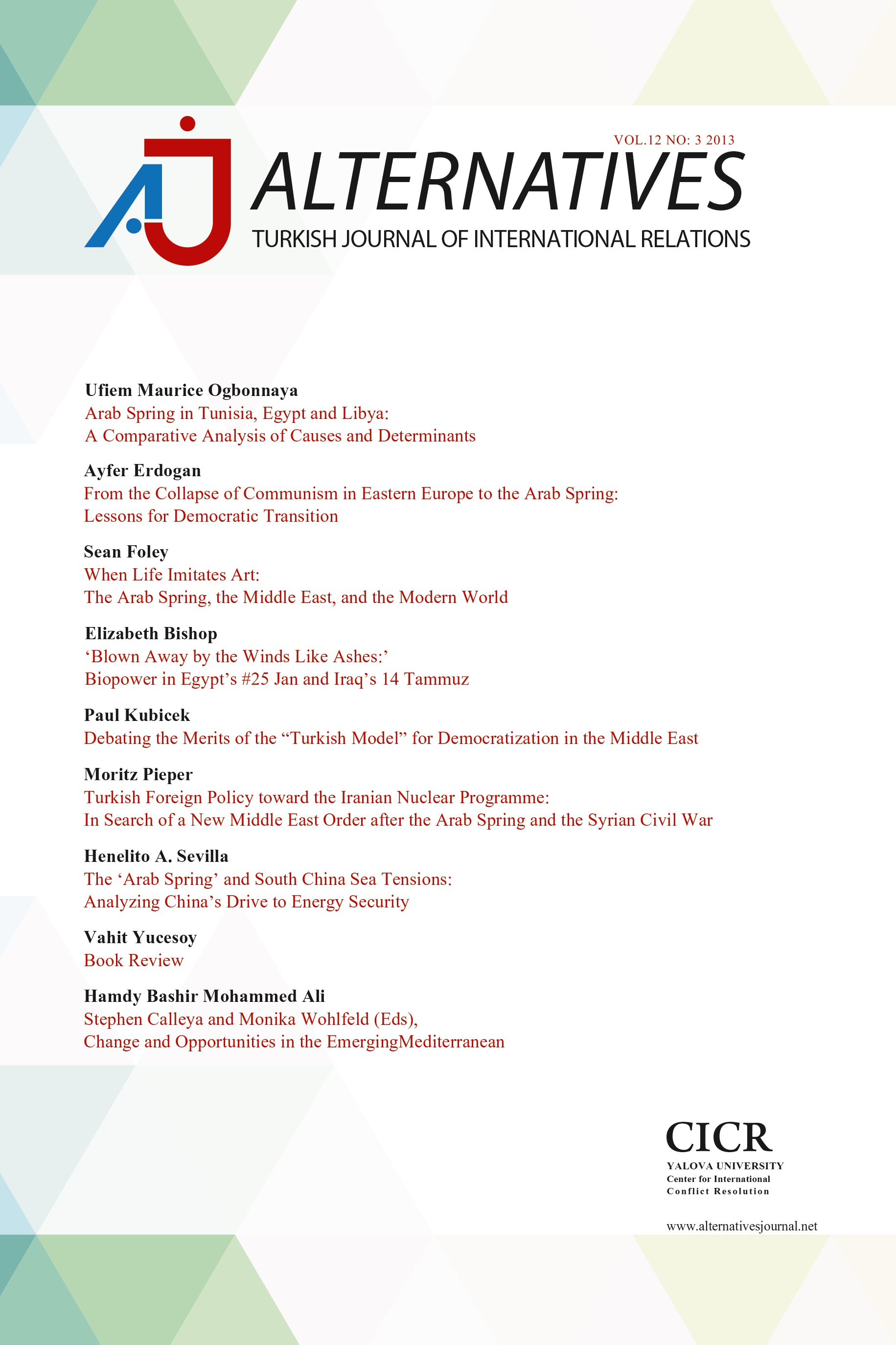US-led TPPA and Its Implication on China Positions in Southeast Asian Regionalism
Prior to the development of ASEAN Plus Three,
ASEAN was the main architecture integrating countries in Southeast Asia. The
organization was able to develop a closer economic cooperation with China,
Japan and South Korea. However, China and Japan competing and attempting to
“dictate” each other and what regionalism should be and whom it benefits. Small
states such as the members of ASEAN and those skeptical of China’s motives in
Southeast Asia including China’s territorial claims to the South China Sea
would cling to the US. Political and economic development over the past 10
years reveal that the close allies of the United States of America (USA) such
as Japan, South Korea, Singapore, Australia and New Zealand, were unable to
“limit” China’s growing domination in the Southeast Asian region. The TPPA that
was allegedly “hijacked” and led by the US since November 2009, was believed as
a counter measure to check China’s growing power in Southeast Asia. If the TPPA
is not meant to limit China’s presence in the region, the agreement would
function as a pathfinder for the Free Trade Area of the Asia-Pacific. This
paper attempts to answer (i) what is the motive of the US government
involvement in TPPA, (ii) what the posible implication of TPPA to China (iii)
what would happen to China’s role in the region, and (iv) what insurance
actions developed by China.
Keywords:
Free trade area, trans-pacific partnerships agreement, United States of America, China ASEAN and Southeast Asia,
___
- 1. The Asian financial crisis affected the countries of Malaysia, Indonesia, Thailand and South Korea The Chinese government maintained the current exchange rate between the Chinese yuan and US dollar, so the affected countries were able to recover from the crisis through trade channels. This suggests that China played a role in helping its neighbour when needed (Jiang,2010). On the other hand, the US government seemed to not be as helpful, by indirectly providing a “painful help” such as the use of structural adjustment packages via the IMF
- 2. Shaun Breslin, ‘Supplying Demand or Demanding Supply? An Alternative Look at the Forces Driving East Asian Community Building’, Stanley Foundation Policy Analysis Brief, Stanley Foundation, Washington D.C., (November 2007). Available at http://www.stanleyfoundation.org/resources.cfm?id=268 Shaun Breslin, ‘China and the global order : signalling threat or friendship?’ International Affairs, Volume 89 (Number 3) (2013). pp. 615-634. David L. Shambaugh, ‘China engages Asia: reshaping the regional order’, International Security 29(3) (2005): 64–99
- 3. Other parts of the world such as Latin America, Africa, West Asia and Middle East and their economic picture lag behind the economic performance of countries in Southeast Asia
- 4. The P4-TTP agreement is a comprehensive agreement. The agreement comprises 20 chapters that cover areas such as trade in goods, tariffication, services sector liberalization, intellectual property, investment liberalization, government procurement, competition policy and disputes settlement
- 5. Mohamed Aslam, ‘Trans-Pacific Partnership Agreement. A Possible Impact on Malaysia Economy’, Seminar Trans- Pacific Partnership Agreement as a Tool of Development and Economic Growth in Malaysia, Faculty of Economics and Management, Universiti Pendidikan Sultan Idris, Tanjung Malim, Perak, (18 September 2013). World Trade Organization (WTO), ‘Factual presentation: Trans-Pacific Strategic Economic Partnership Agreement between Brunei Darrussalam, Chile, New Zealand and Singapore (goods and services)’, Report by the Secretariat, WT/REG229/1, (9 May 2008).
- 6. Ian F Fergusson and Bruce Vaughn, ‘The Trans-pacific Startegic Economic Partnership Agreement’, Congressional Research Service, Paper No. R40502, Washington DC, (December, 2009), page 4.
- 7. Ian F Fergusson and Bruce Vaughn, ‘The Trans-pacific Startegic Economic Partnership Agreement’ page 4
- 8. Ian F Fergusson and Bruce Vaughn, ‘The Trans-pacific Startegic Economic Partnership Agreement’ page 1
- 9. Ann Capling and John Ravenhill, ‘Multilateralising regionalism: what role for the Trans-Pacific Partnership Agreement?’, The Pacific Review, 24:5 (2011), 553-575
- 10. Tan Seng Chye. ‘Changing Global Landscape and Enhanced US Engagement with Asia—Challenges and Emerging Trend’, Asia-Pacific Review, 19:1, (2012) 108-129
- ISSN: 2146-0809
- Yayın Aralığı: Aylık
- Yayıncı: Yalova Üniversitesi
Sayıdaki Diğer Makaleler
